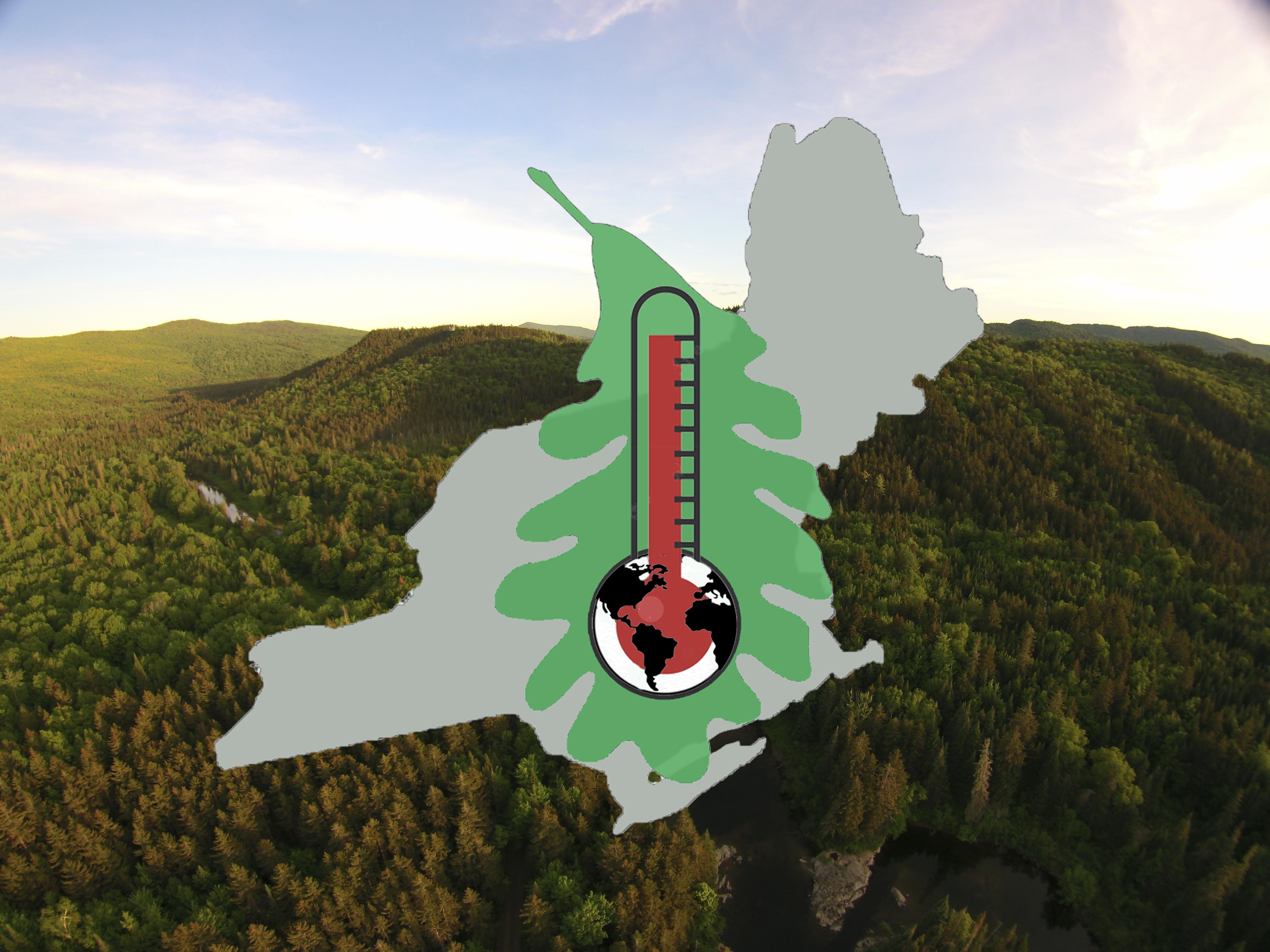Project Overview

The uncertainty around the impacts of changing climate poses a significant challenge to sustaining forest ecosystems in the northeast. Important work has been done downscaling projected changes in climate conditions, modeling shifts in suitable habitat, and mapping disturbance patterns across the region. The goal of this project is to aggregate these valuable but disparate spatial data sets to quantify relative exposure to climate change impacts at the species, and community level. The resulting climate exposure maps provide insight to how the degree of potential risk exposure vary across the landscape an across species. Results indicate that at the stand level, highest overall exposure to climate, disturbance, and limitations in suitable habitat for current species distributions occurs in mountainous regions throughout the region and southeastern Maine. Across the region relative exposure increases by 4 percent between low and high emission scenarios. Much of our current management is guided by the outcomes of decades of silviculture research, yet many of the conditions under which those results were generated are rapidly changing. These relative exposure maps can inform where climate adaptation management applications may be most necessary over time.
Objectives
With this novel toolkit, we hope that forest land managers and practitioners across the northeastern United States will be able to make more informed decisions about forest management that include considerations of spatial variability in climate exposure. This information is critical to inform long-term management, policy, and planning decision support across the broader northern forest region.
Dataset Availability
Downloadable: 12 datasets
Description only: 1 dataset
See the full list of available dataTags
Status - Completed
Start date: 2021-10-28
End date: 2024-06-20
Study Area

